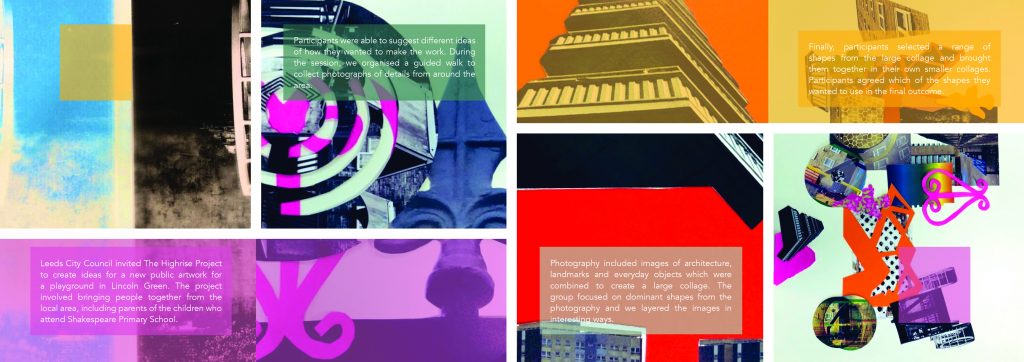Lindsey Gardens

Throughout the development of the Highrise Project we have been in discussions with people from the Housing and Communities teams at Leeds City Council who have been encouraged by the outcomes of the project so far. Due to this, we were invited to create ideas for a new public artwork for a playground in Lincoln Green. This involved working with local residents, highlighting their views and knowledge of the area and encouraging ownership of the finished work.
The project was funded by the Inner East Housing Advisory Panel and local Wellbeing funding, and we worked alongside the council’s Parks and Countryside team and the organisation Groundwork, who were commissioned to carry out upgrades to the playground. We also worked closely with Shakespeare Primary School through the use of their community room, which provides space for after school clubs and ESOL classes, among other activities. The tablets for taking and editing the photographs were provided by the tablet lending scheme by 100% Digital Leeds, a service which supports digital inclusion across the city.
Lindsey Gardens Photowalk
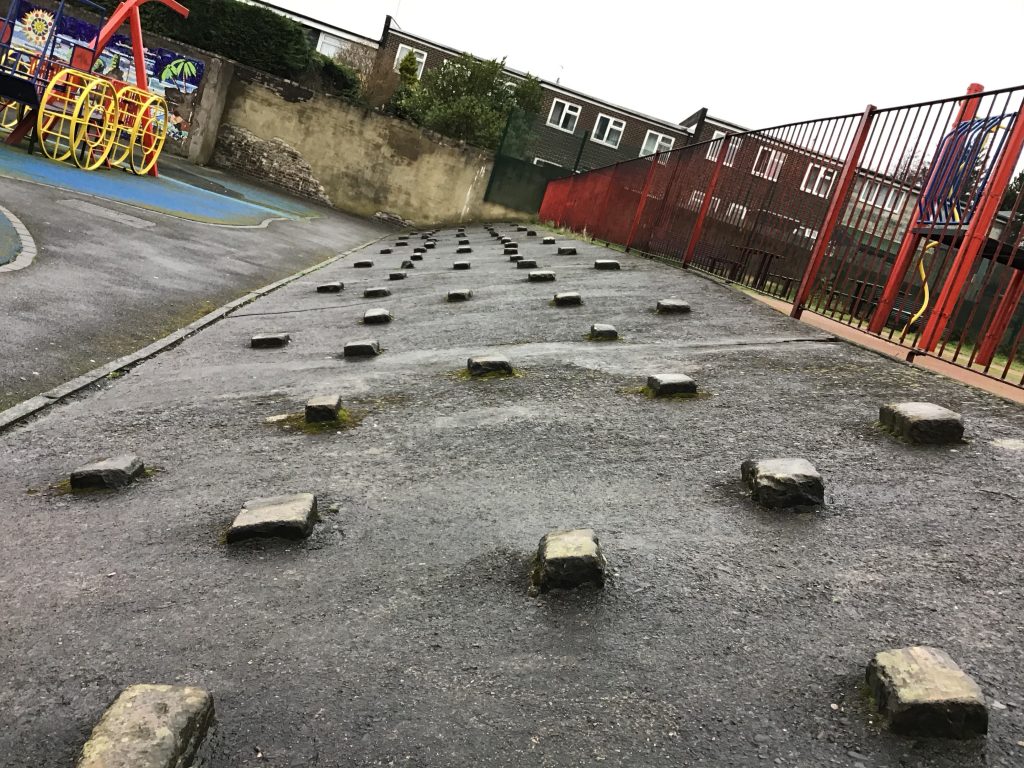
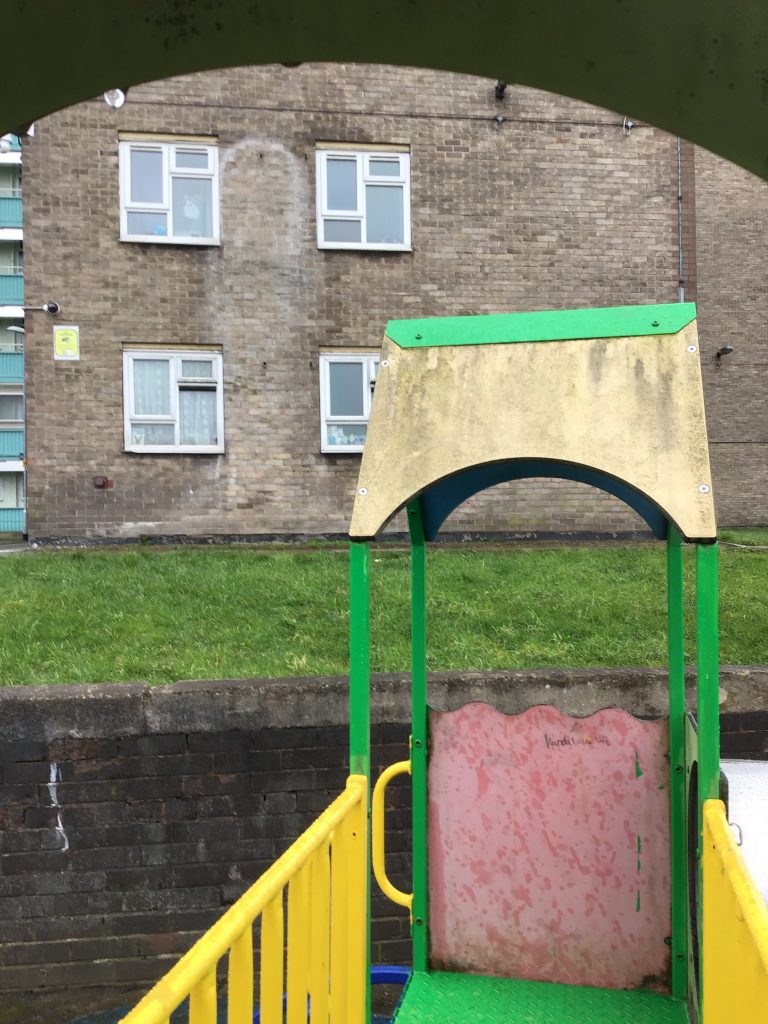
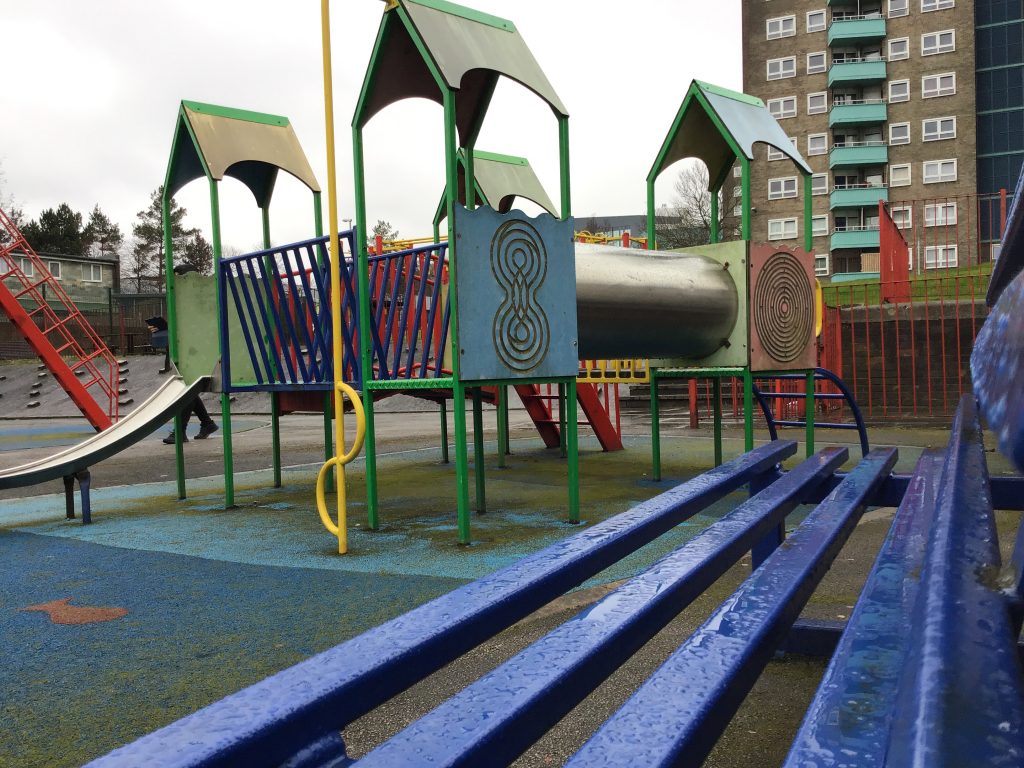
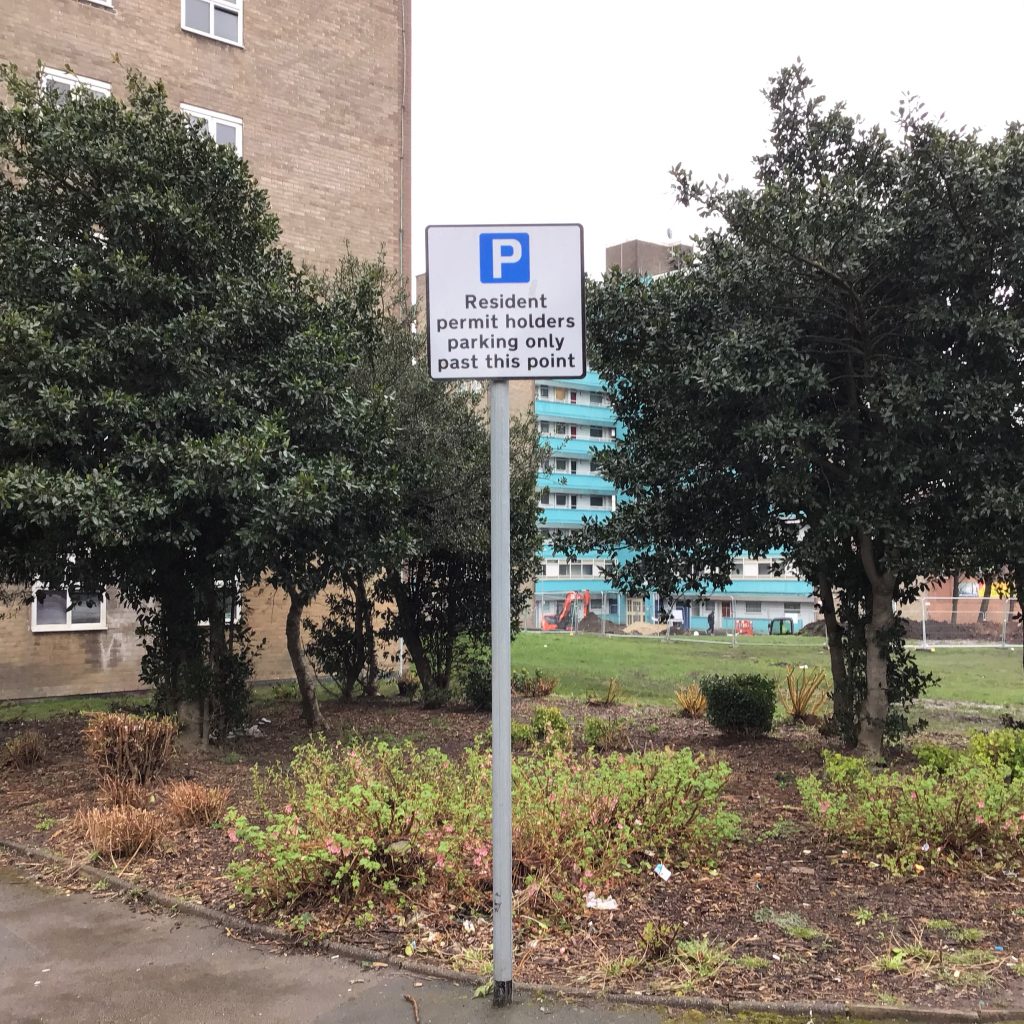
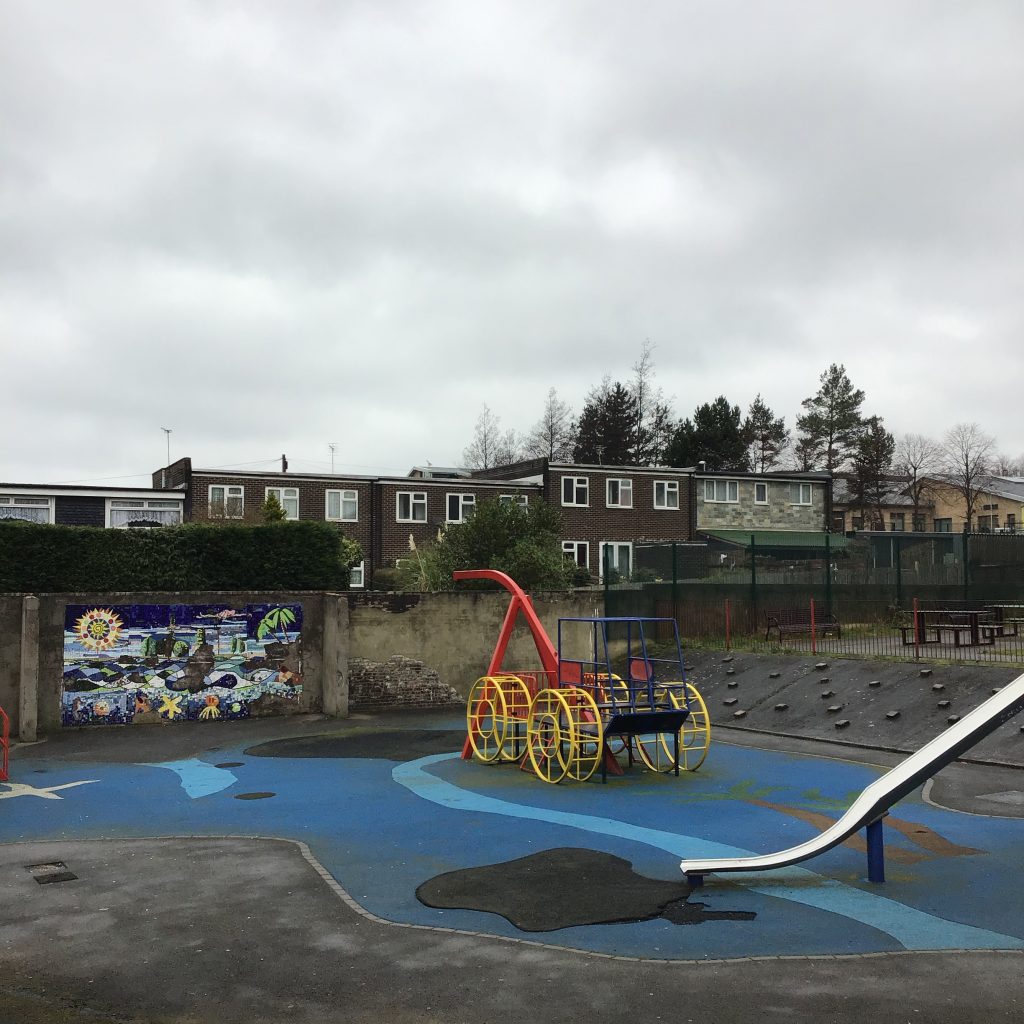
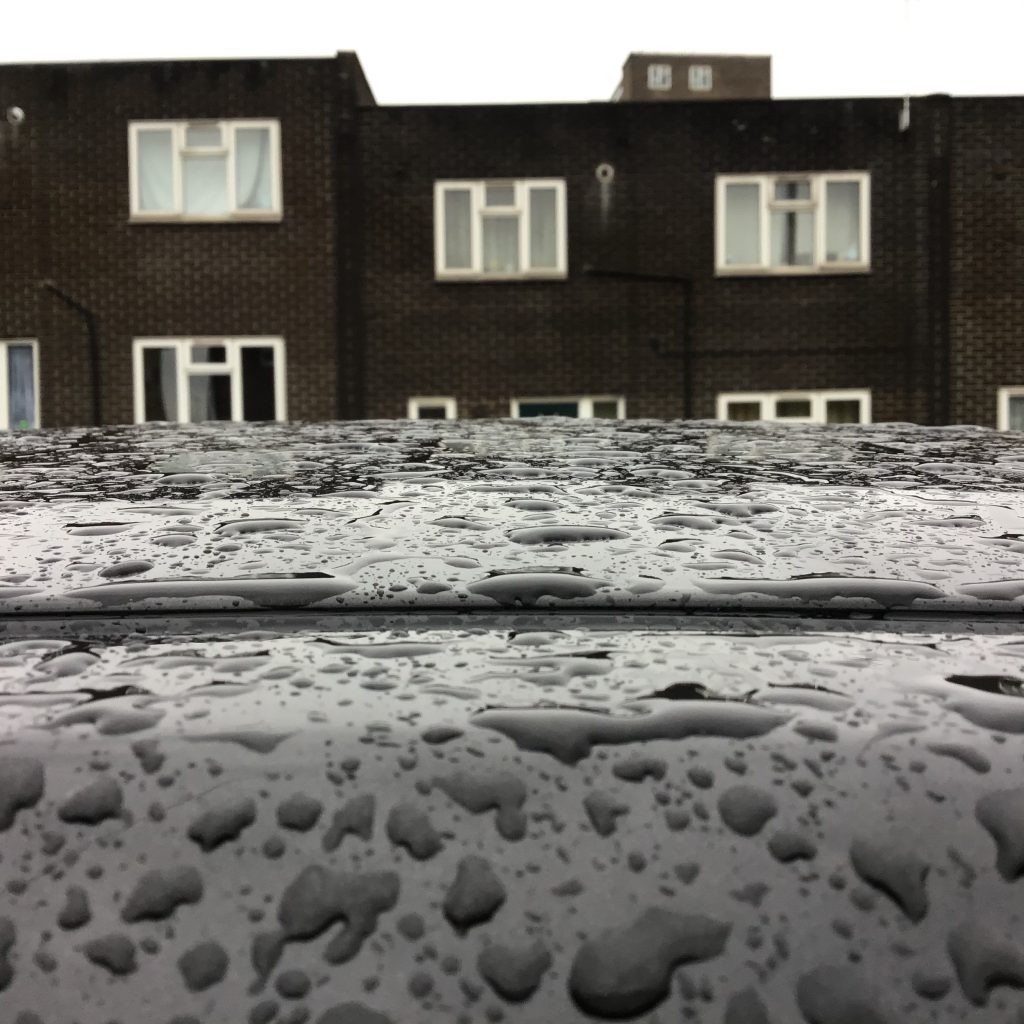
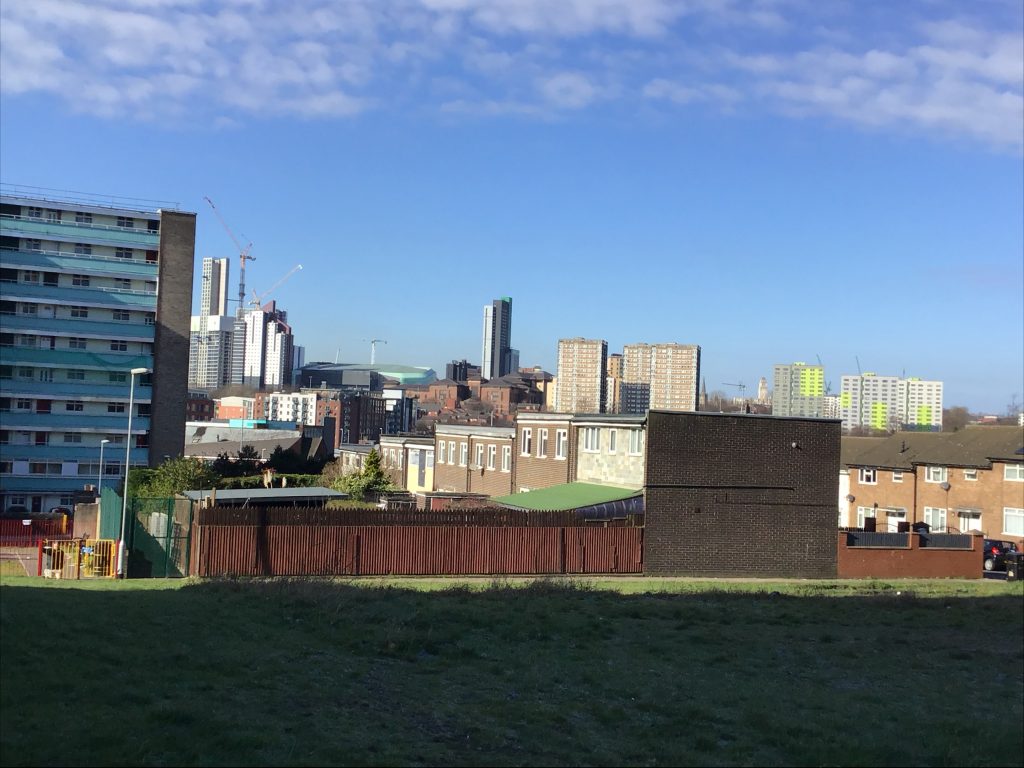
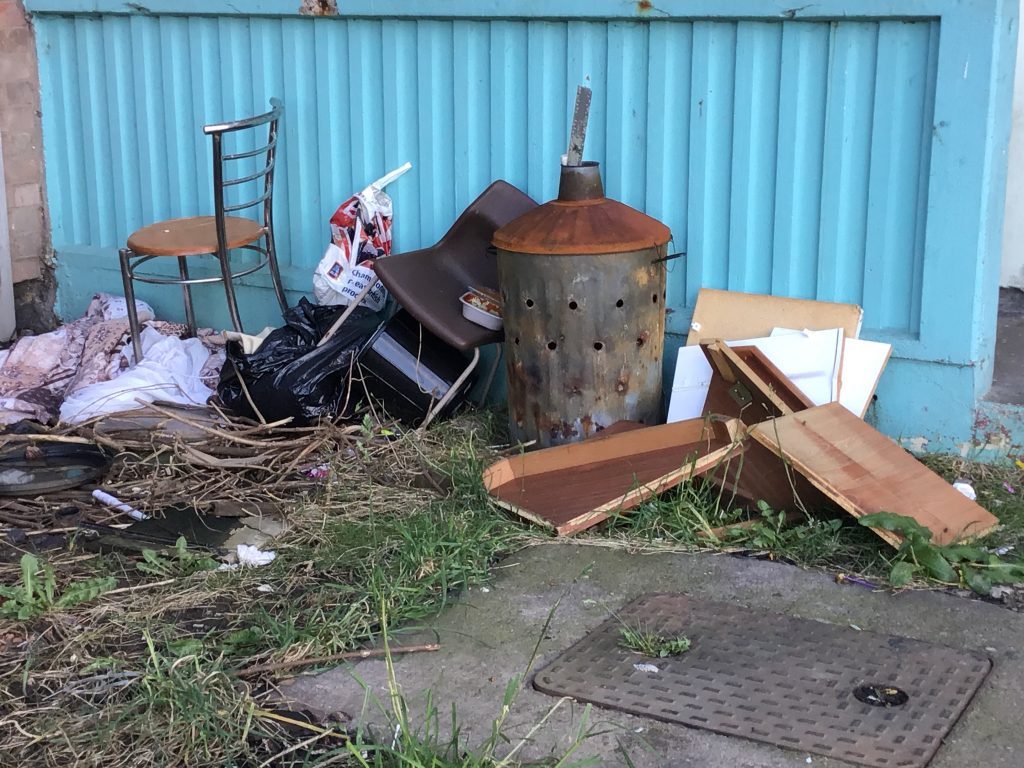
The project involved bringing people together from the local area, including parents of the children who attend Shakespeare Primary School. We explained the purpose of the project and how we would bring the artwork together as a finished piece. We’d invited people with all levels of art and photography experience to attend, but found that most of them had an interest or training in art already so they were able to suggest different ideas of how they wanted to make the work. During the session, we organised a guided walk to collect photographs of details from around the area. The participants used the rain as a great way to capture reflections and abstract textures and patterns.
Participants were keen to include photography of architecture and landmarks as well as the everyday objects discovered around the estate. They also used a variety of different methods to develop different perspectives of objects in the area.
Using the photo editor

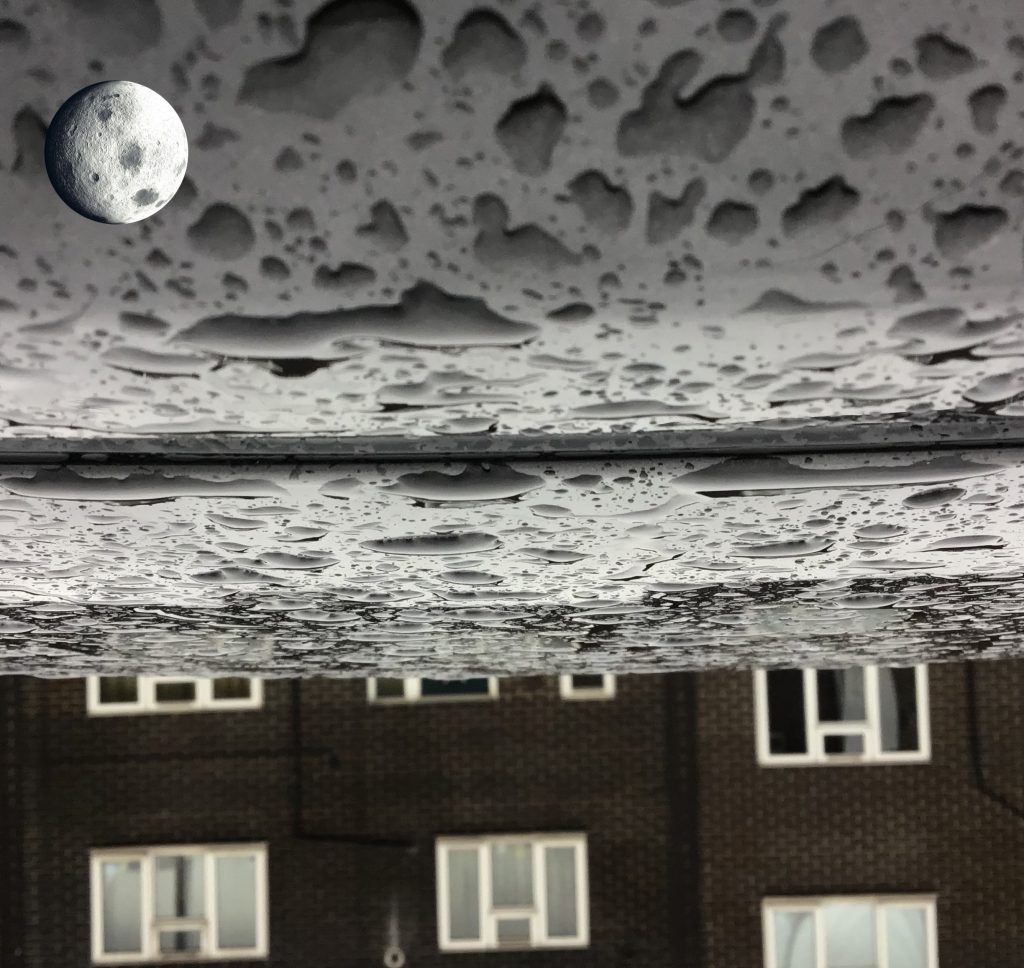
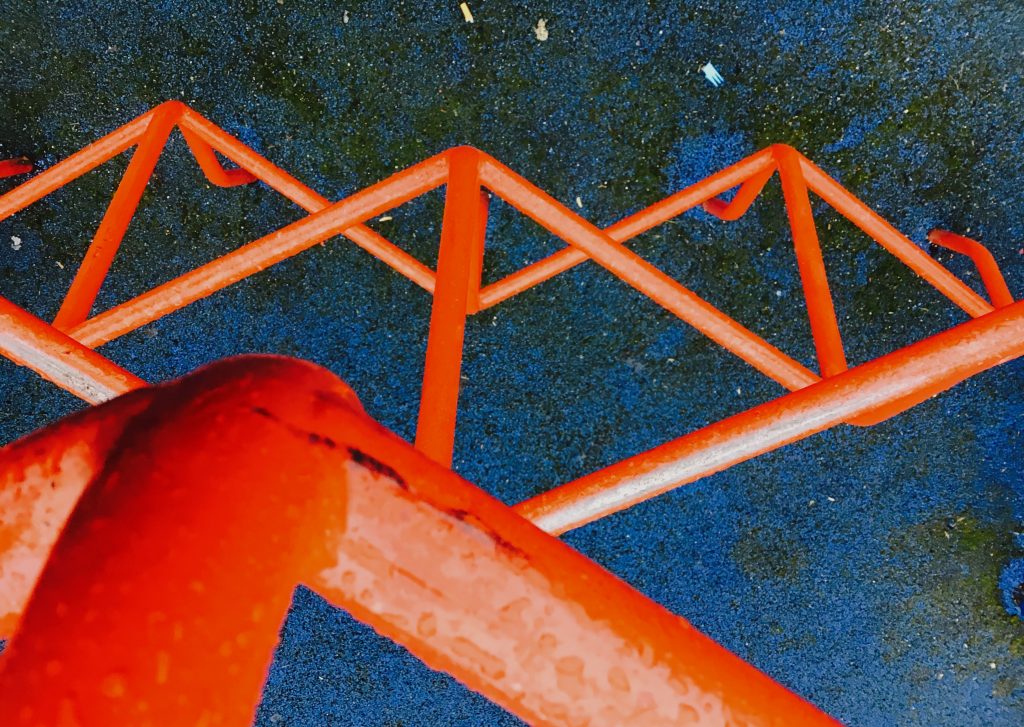
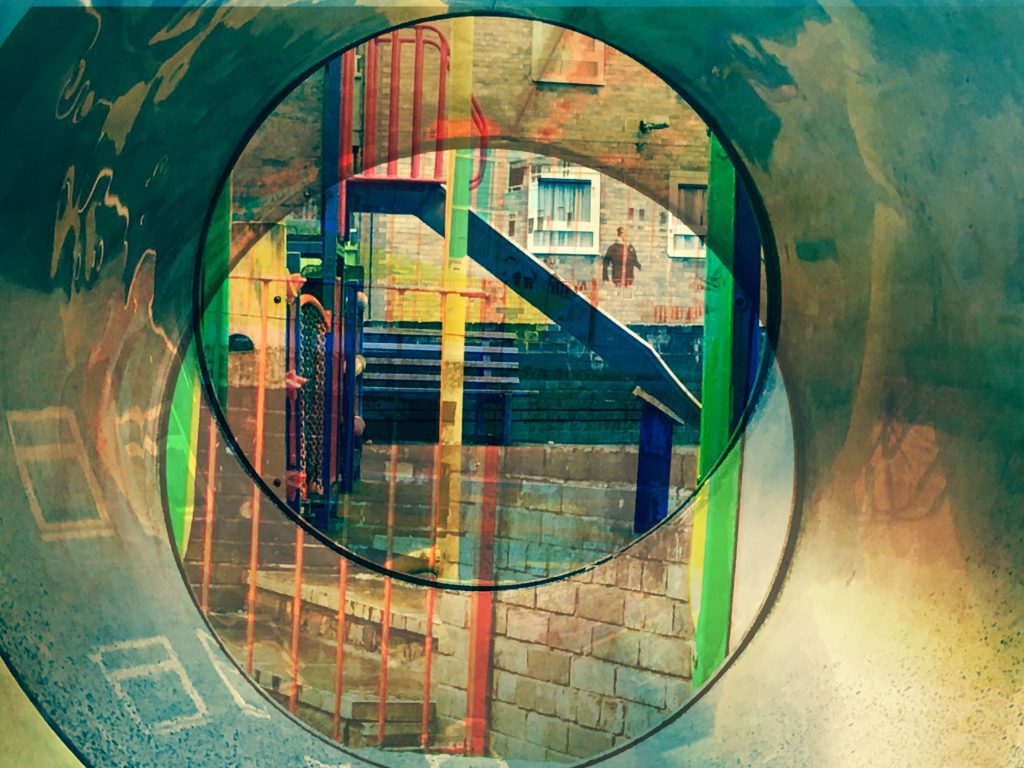
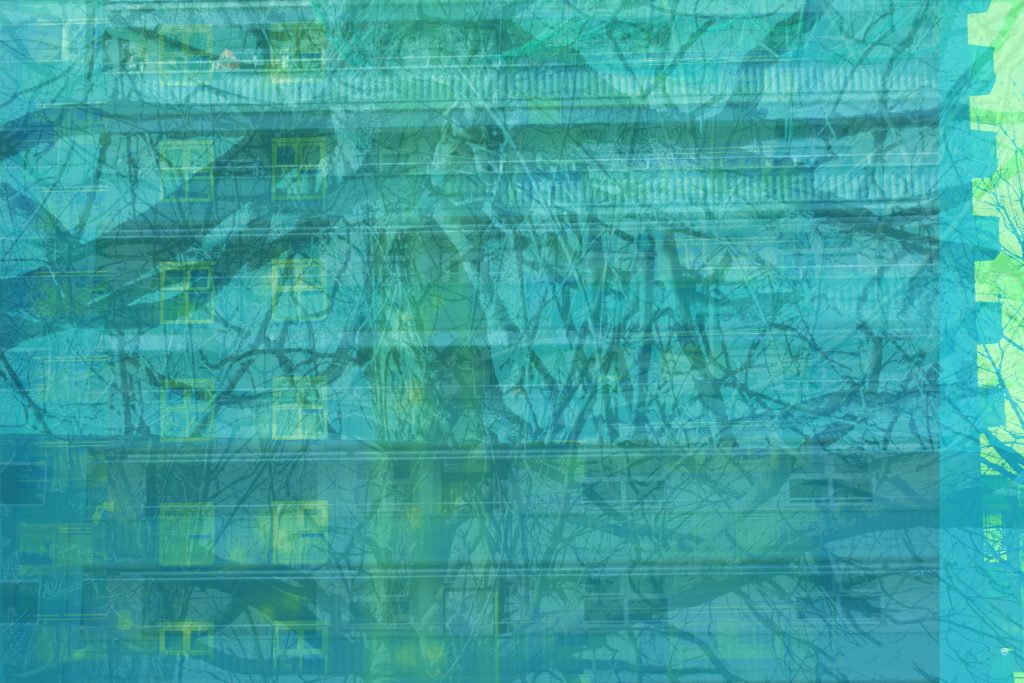
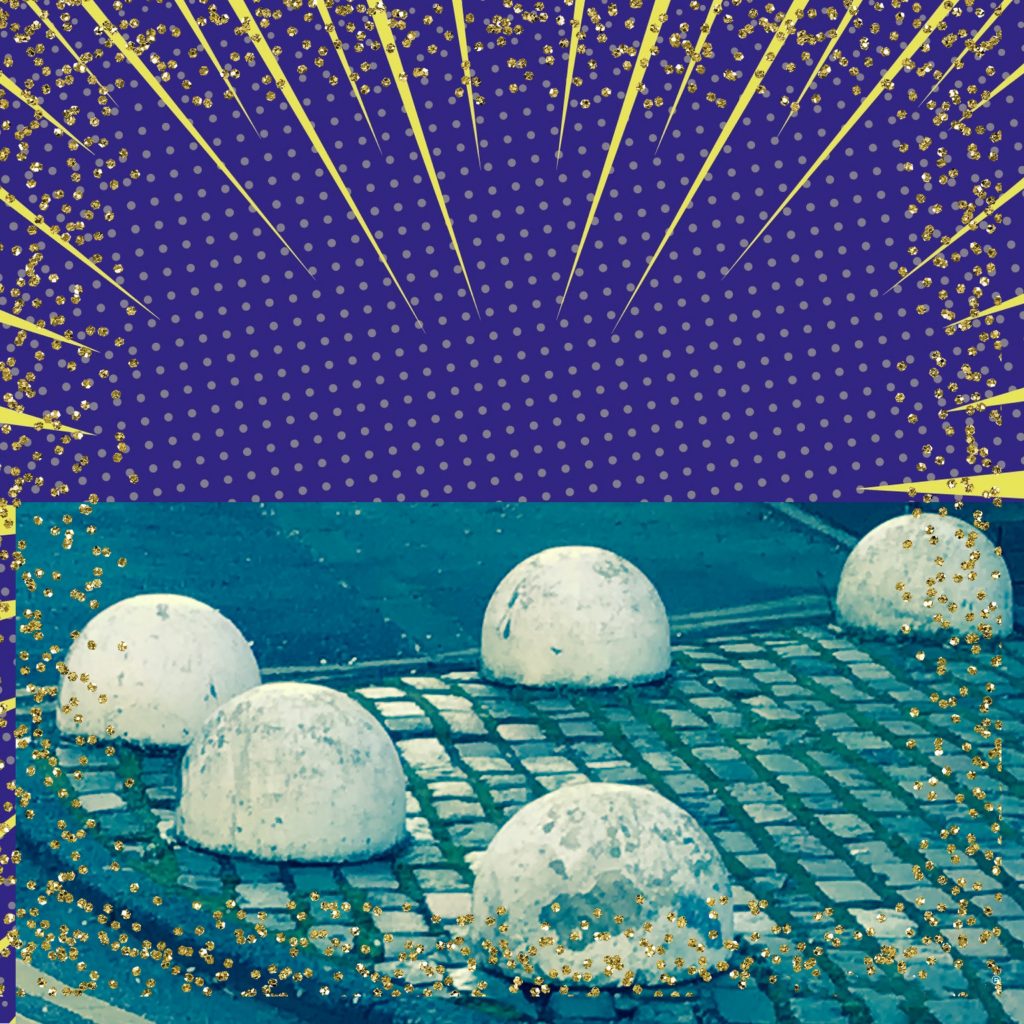
Following the photowalk, we introduced the group to a simple photo-editing software so they could edit their photographs and start collaging them together. The photo editing software also allowed the participants to experiment with combining different patterns, filters and layers alongside the original images.
Some of the participants had experience with software such as Photoshop but most had not used this kind of photo editing app that can be easily downloaded onto a phone or tablet. The participants enjoyed experimenting and this resulted in a wide range of images.
Cyanotype
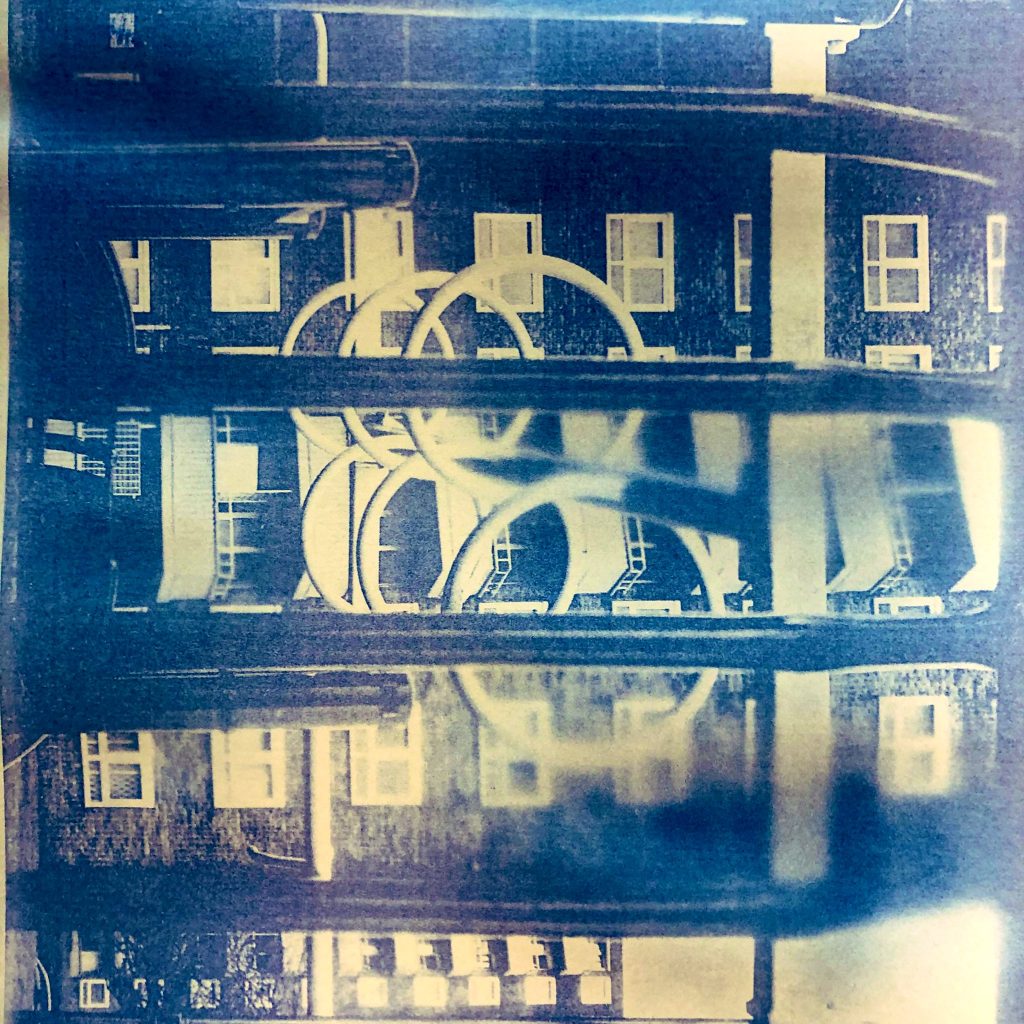
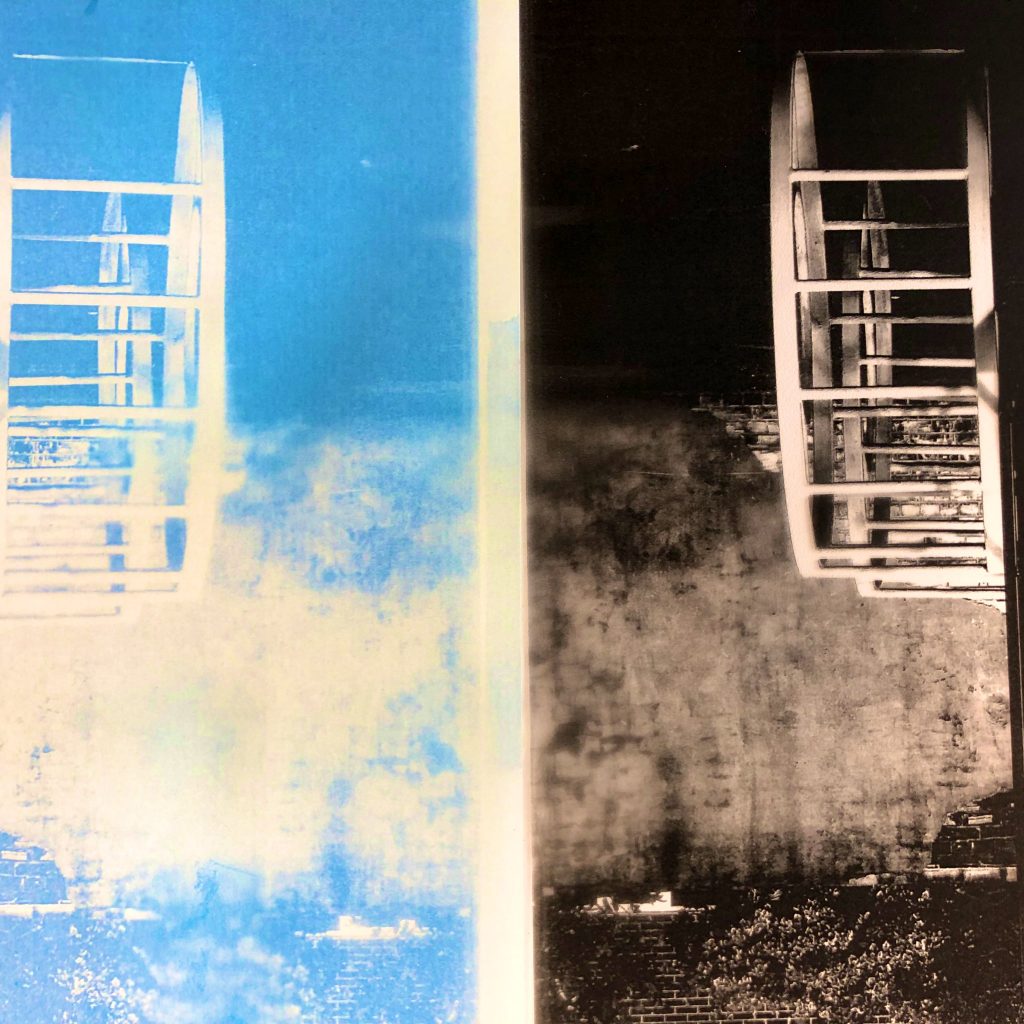
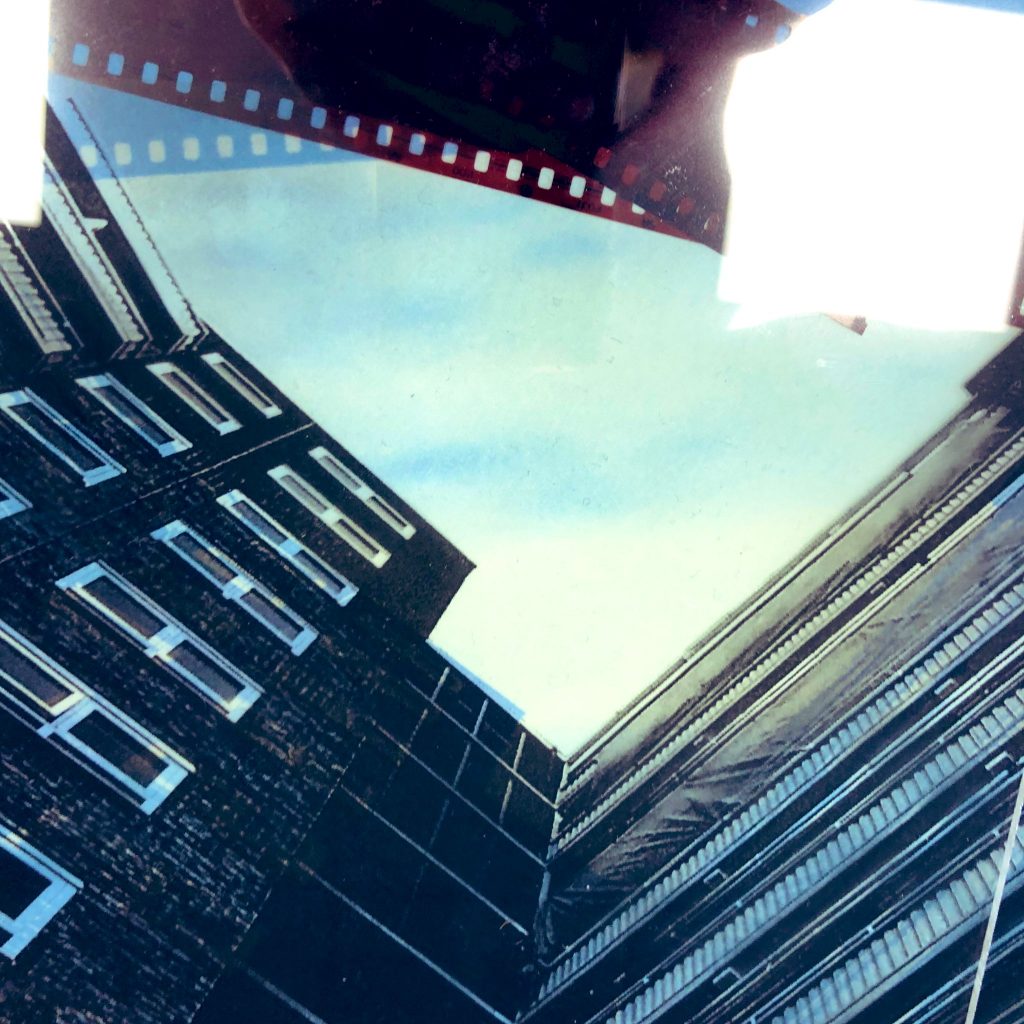
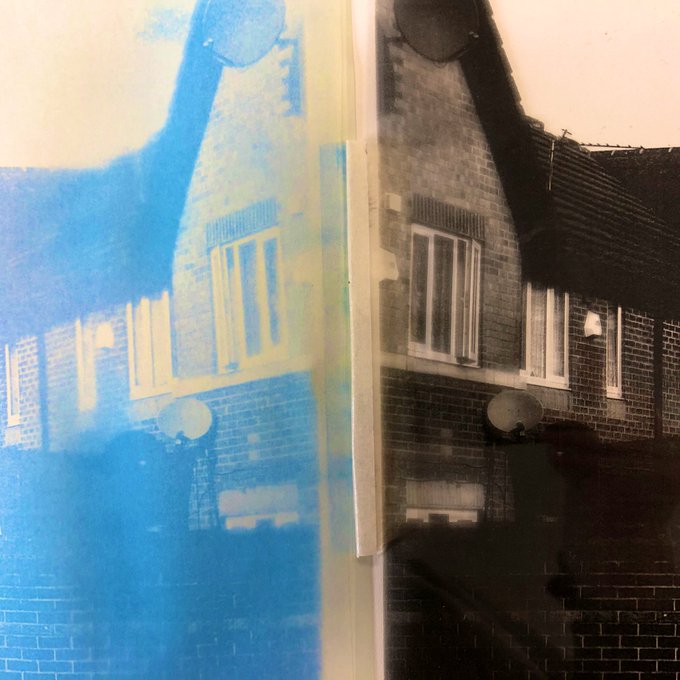
Participants chose images to turn into cyanotypes. The images were printed onto acetate to create a negative image. They were then placed onto the pre-treated cyanotype paper and left out in the sun to develop. Some of the participants also brought pinhole cameras to experiment with.
Collage
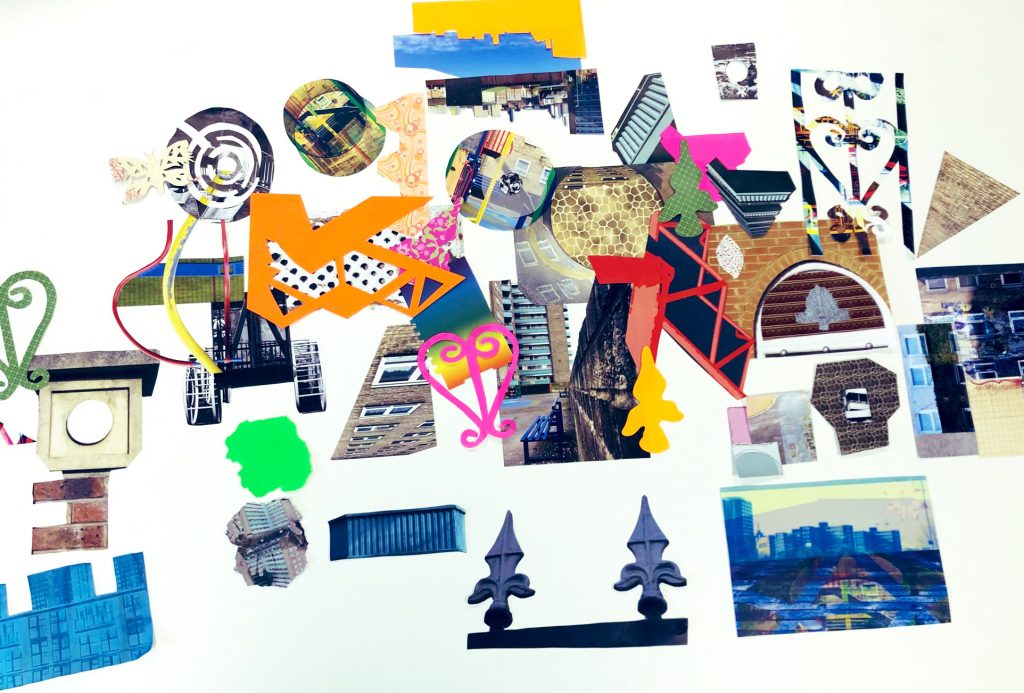
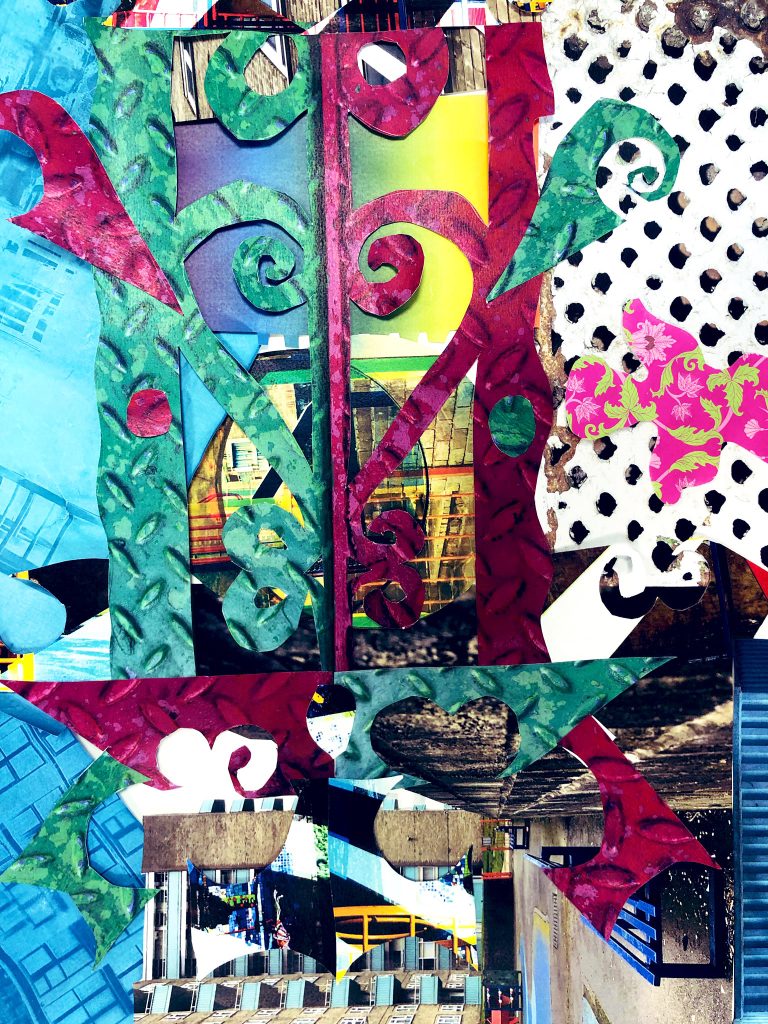
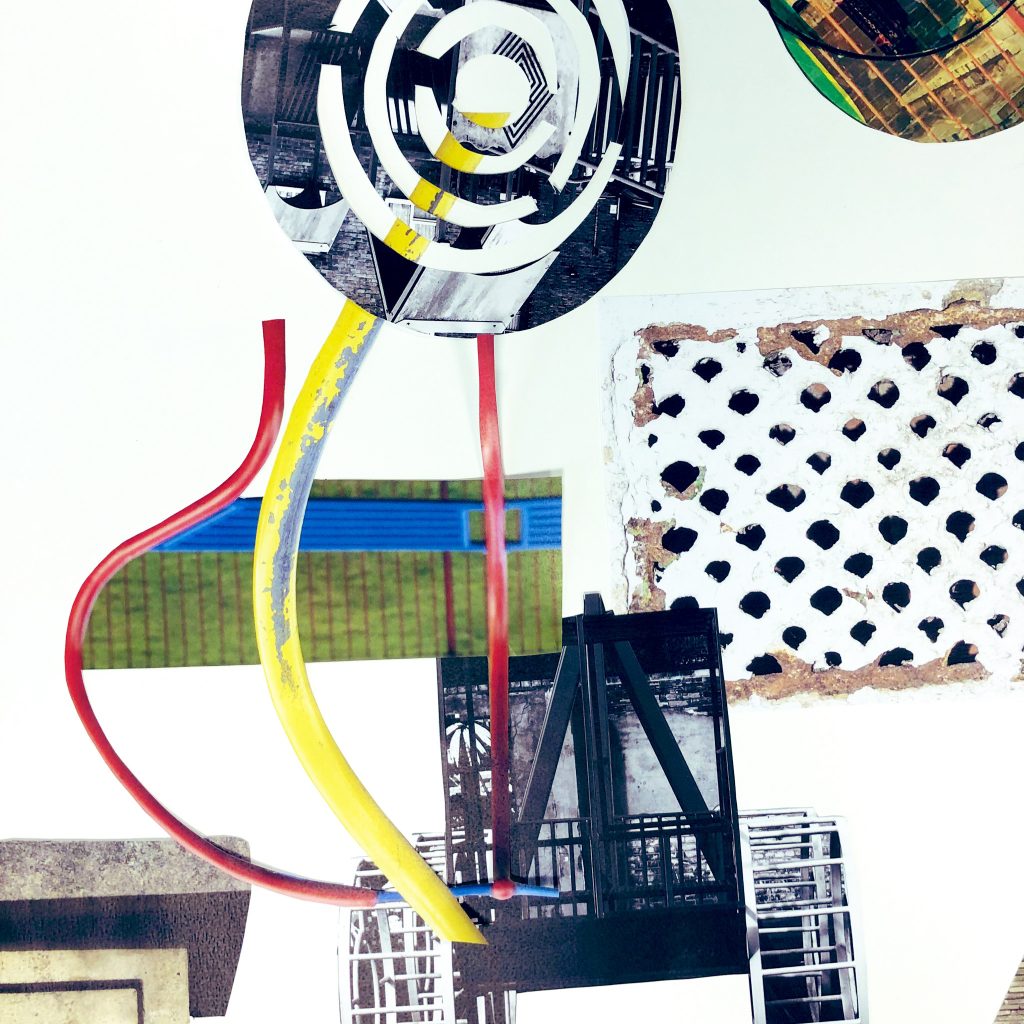
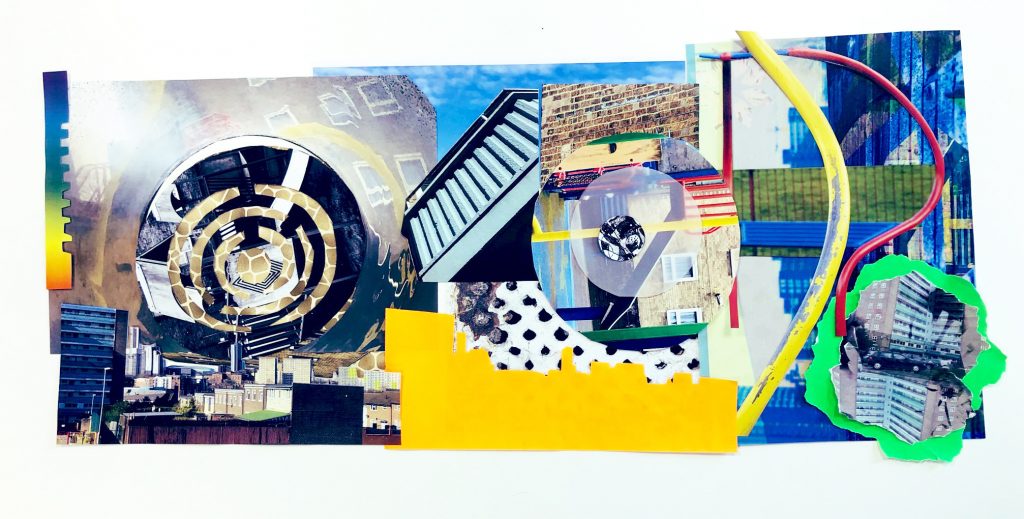
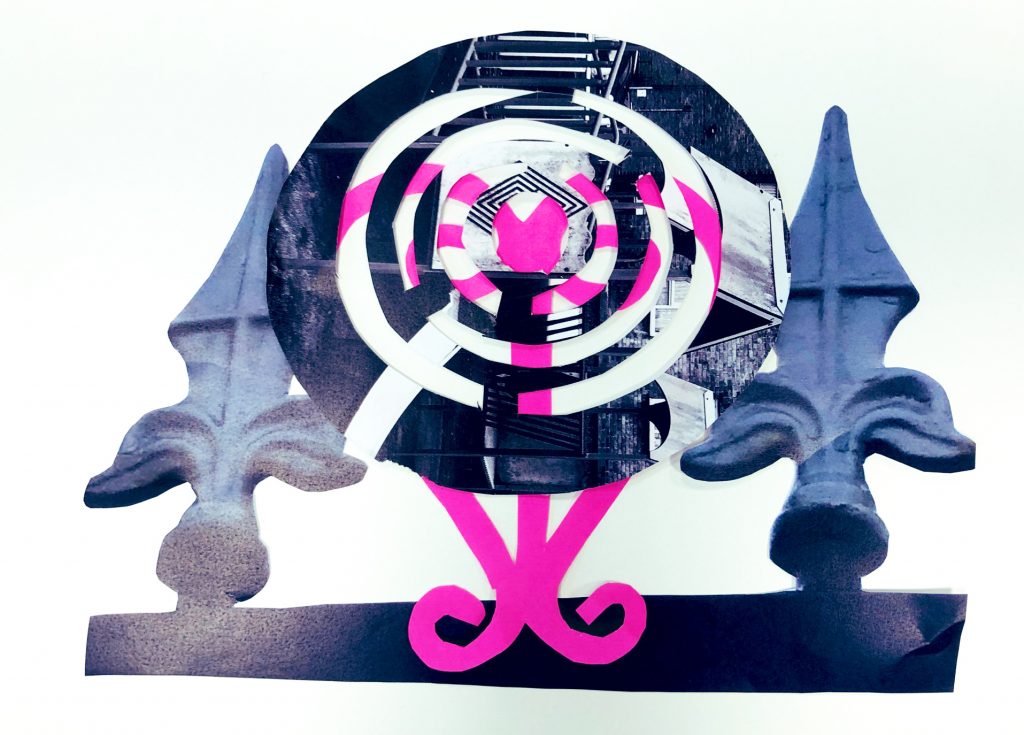
We used the photographic and manipulated images the participants had produced to select shapes and traced them onto coloured and patterned card. We then cut out the different shapes and layered them to produce a selection of collages. These were then photographed and reassembled to produce new images.
The participants worked together to create a large collage that incorporated all their different outcomes, they focused on dominant shapes from the photography which meant we saw some interesting layering of images. Finally participants selected a range of shapes from the large collage and brought them together in their own smaller collages. Participants agreed that they would like to see the images and shapes used in the final outcome.
Community Engagement
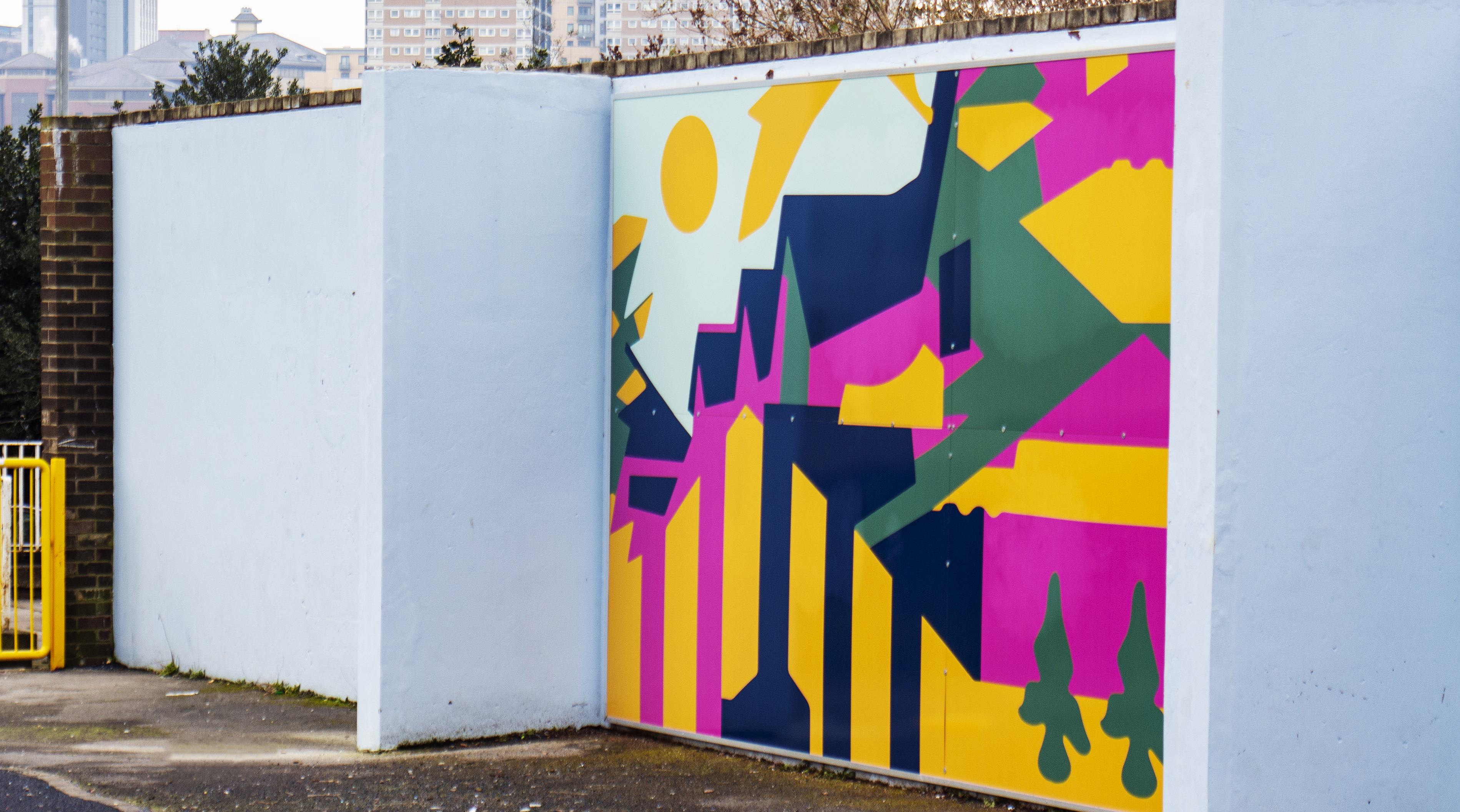
After the mural was installed, we created a leaflet with an image of the work and the processes involved to post to the surrounding highrise flats. This enabled residents who weren’t involved in the production of the work to gain an insight into the project and included contact details to get in touch about future projects.
